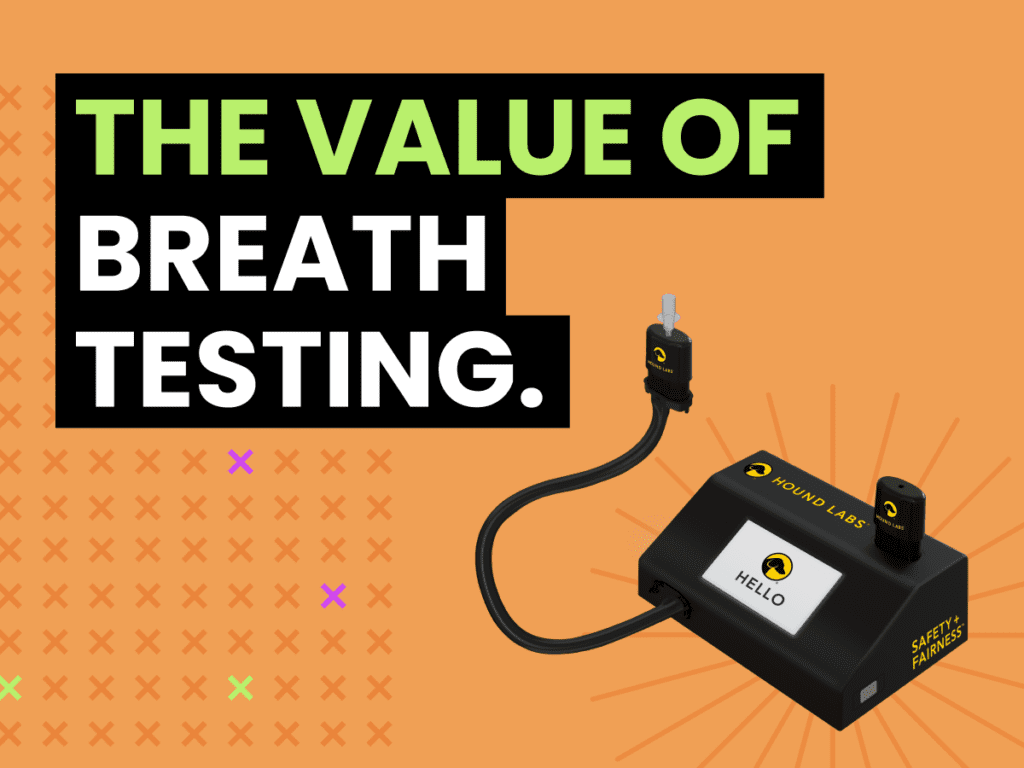
I’ve spent most of my career in the drug testing space and witnessed sweeping industry changes over the past 15 years. In 2008, I worked for a leading national laboratory. At that time, cannabis was illegal federally and in every U.S. state. As a result, the rules for employees were fairly cut and dried – use cannabis, risk your job. Most employers could simply rely on zero-tolerance drug testing programs, terminating individuals who tested positive because the result would mean the applicant or employee violated both the law and a clear testing policy forbidding any use of drugs.
Urine testing ruled the day and represented more than 95% of the drug tests performed at our labs. Testing volumes were declining, however, as the recession had weakened the economy and reduced employers’ need to hire. Faced with these circumstances and strained for cash, some employers struggled to justify continuing their testing programs.
THE ROI OF DRUG TESTING
In response to the recession and declining test volumes, we launched a return on investment (ROI) calculator meant to demonstrate the value of workplace drug testing objectively. The calculator served as a tool to showcase to employers the value of continuing their investment in testing. The customizable calculator generally showed that for every $1 spent on drug testing, the employer would save $5-$10 by avoiding both tangible and intangible losses caused by employees who tested positive.
Categories of potential costs included accidents, theft, injury, workers’ compensation, litigation, absenteeism, and turnover. The model was fueled by positivity rates. Higher rates equated to a greater number of employees who’d used drugs being prevented from entering the workplace, thus fewer incidents and more costs saved.
That was in 2008. But 15 years later, what has changed? Cannabis legalization is expanding, as is its use and acceptance. Many employers are struggling to hire and retain qualified candidates who can pass conventional THC tests using urine, oral fluid, and hair samples. Zero-tolerance drug testing programs leave employers with a nearly impossible choice – continue testing for marijuana and turn away valuable candidates and employees, or stop testing and assume the ensuing risks (i.e., accidents, injuries, and lawsuits). Whatever course employers choose, they do so hoping to avoid the worst but lacking any method to prevent it – until now.
A NEW MODEL
The introduction of breath testing to the drug testing market finally presents an alternative to conventional THC testing methods. By isolating use to the hours specifically surrounding the workday, breath testing gives employers a way to successfully achieve the dual and previously conflicting goals of:
- Testing for cannabis to deter use and maintain safety
- Establishing fair policies to recruit and retain much-needed talent
Cannabis breath testing and its short detection window solves one of the most complex and unintended challenges of rapid cannabis legalization: accurately differentiating between potentially high-risk workday use and largely irrelevant off-the-job cannabis use. It’s a solution for a tight labor market, where employers need new ways to attract applicants and reduce turnover. It’s a solution for a new ROI model for THC testing, where negative test results successfully demonstrate both the deterrence of risky, on-the-job cannabis use and the costly safety and human resources issues accompanying that use.
VALUE OF A SHORT DETECTION WINDOW
A drug detection window is simply the time period during which a drug can be detected in a biological sample at a given cutoff level. Urine testing, for example, can detect THC metabolites for as long as 30 days after use, and hair testing for as long as 90 days after use. These long windows of detection enable employers to catch past use and then, potentially and unfairly penalize, applicants and employees who render a positive result.
For application purposes, consider the following scenario. If I drank a glass of wine last week away from my job and then suffered a workers’ comp-triggering injury today at work, would I ‘fail’ my alcohol test? Certainly not. We can say with certainty that my alcohol use from last week had no impact on my incident several days later. But what if there were an alcohol test that showed my long-term use? Would an employer then apply that positive test result to deny insurance coverage and terminate my position? Should they? Would it be ethical? Fair?
What if I told you that happens every day with some of these conventional THC test types?
BREATH TESTING FILLS THE GAP
The groundbreaking THC breath test introduces the industry’s shortest detection window, detecting active THC molecules for only 2-3 hours after use. This is an important distinction because while THC or its metabolites remain in a person’s system for days, weeks, or even months after use, the safety-impacting effects of the drug may have long subsided. Only the detection window of breath testing corresponds to the use of cannabis surrounding the workday.
The ROI for breath testing leverages negative test results to demonstrate employee compliance with workday testing policies that restrict cannabis use at or before work – not penalizing them for use off the job and away from work. Rather than basing their ROI on blocking applicants and employees from employment, companies can now base their ROI on the retention of tenured employees and the expansion of applicant pools. In the era of marijuana legalization, a negative test may actually drive a higher ROI than a positive result did in the legacy model. This is why breath testing makes sense for today’s employers and why hundreds of employers across industries, sizes, and geographies are lining up to add the HOUND® CANNABIS BREATHALYZER to their testing programs.
LEARN MORE
For more information on mitigating workplace risk with THC breath testing, check out this on-demand webinar or connect with the Shield Screening sales team.
This article is reprinted with permission from Hound Labs Inc., developers of the HOUND® CANNABIS BREATHALYZER.


